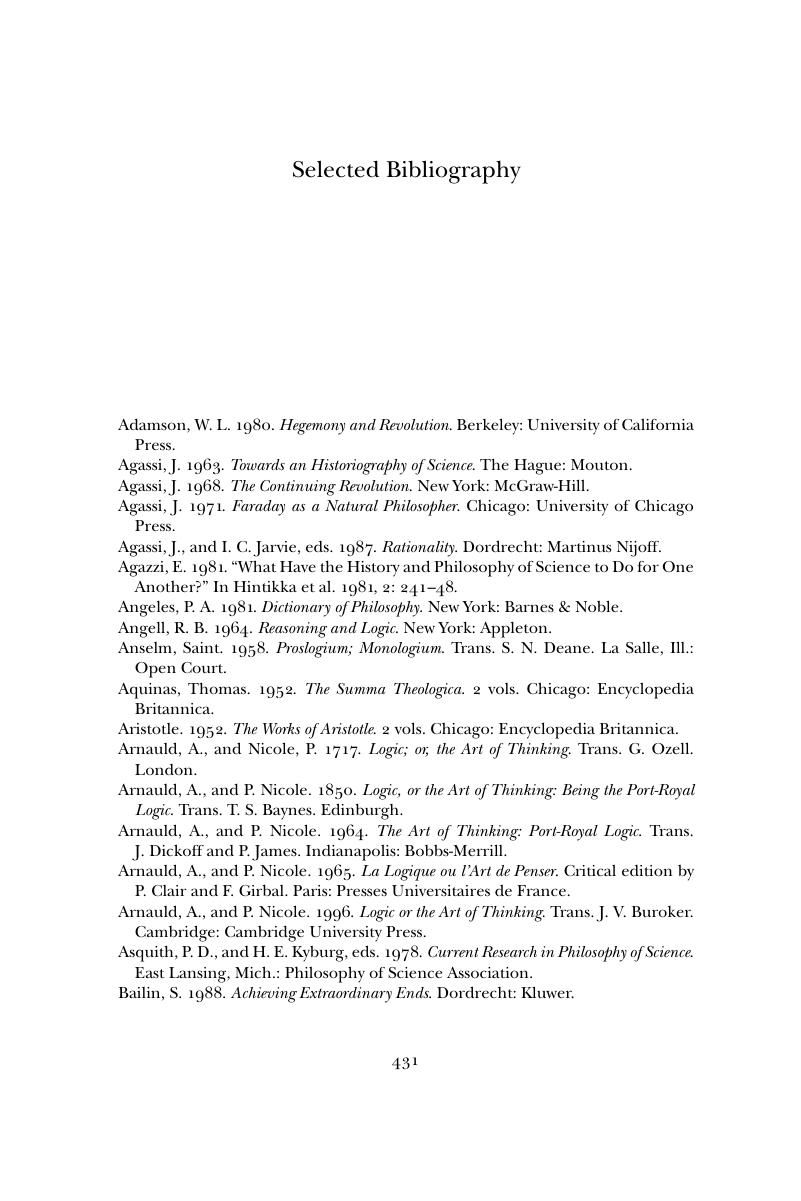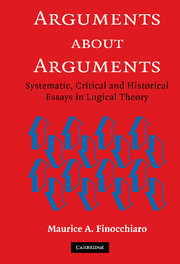Selected Bibliography
Published online by Cambridge University Press: 05 February 2015
Summary

- Type
- Chapter
- Information
- Arguments about ArgumentsSystematic, Critical, and Historical Essays In Logical Theory, pp. 431 - 452Publisher: Cambridge University PressPrint publication year: 2005



